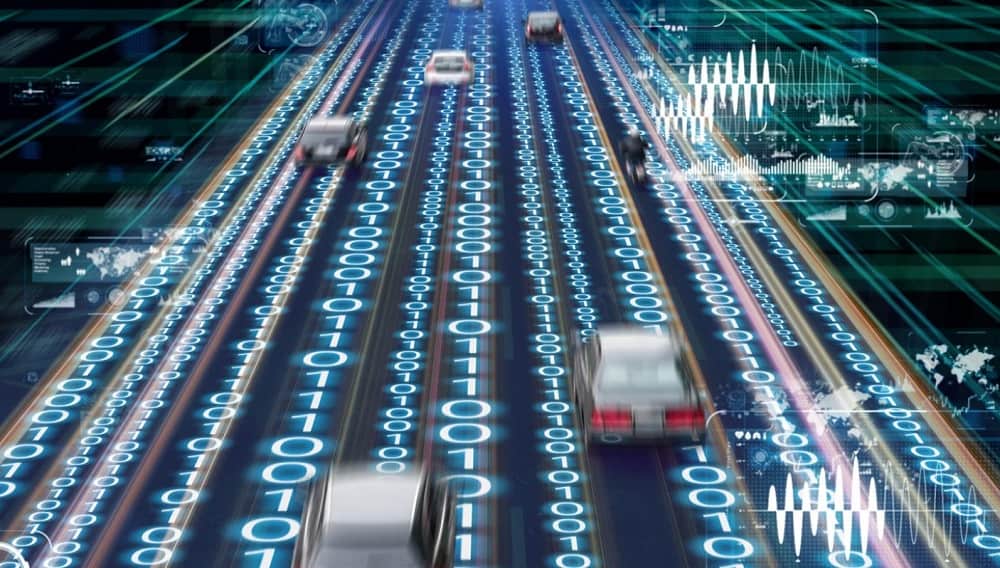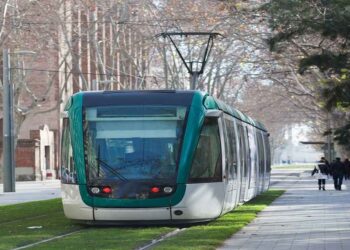Road Safety has always been a matter of concern globally. There is not a shred of doubt that the conditions concerning it have improved and so have the systems involved. Governments are pumping huge sums of money for the development of road projects that are safe and also innovative. However, traffic management and control is a very complex task and should involve continuous up-gradation and contribution of people as well. One of the notable reasons why accidents and traffic congestions in developing countries take place is potholes. However, systemized developments and calculations have led to adopting certain systems that have helped quite significantly to keep this worry at bay.
Reason to have a robust road monitoring system
So it becomes imperative to have a system among many others that monitors and reports alert on congestion, suggests alternatives with less damaged roads, triggers road maintenance works which are currently-on via SMS’s or other means such as lit-display boards.
Hurdles in building such a system
The challenges especially lie in the areas of sensing, processing, communication, and retrieval. Traffic on the roads can only be determined through sensors that generate raw values. These sensors that form an integral part of the monitoring system have to be placed across various intersections as well as key points of the city or a highway. The sensors help generate raw data which through appropriate algorithms need to be made use of for meaningful implementations.
One of the most prominent challenges while implementing such a response driven system is that the communication has to happen in real-time. Likewise, the system must also be intelligent to take calls as and when situations crop up. Changing the duration of traffic lights during congestion is one of the many quick reactions a system can adapt. Traffic monitoring systems generate an enormous amount of data and it makes sense that the systems are equipped enough to make use of the numbers for their good.
Techniques used for road monitoring that prioritize safety
The use of IoT in monitoring systems improves vehicle to vehicle as well as vehicle to infrastructure communication to a significant extent. This happens since there is continuous monitoring which leads to information and that information then gets decimated to relevant authorities resulting in lesser congestion and enhanced road safety.
Sensors that count the number of vehicles in a lane and then adjust the traffic lights accordingly have become quite a phenomenon these days, especially in urban areas where a monumental rise has been seen in automobile numbers.
Image processing, both thermal and non-thermal are also a result of enhanced technological updations which have taken place under Traffic Management Systems- TMS. Apart from the sensors, image processing helps in visibly identifying road situation, traffic movement, and violations and help in taking necessary actions for the future. As we usher in an era that makes us equipped with IoT, AI, and digitization, all that authorities need to do is adopt systems that help in attaining overall seamlessness when it comes to traffic safety.


































